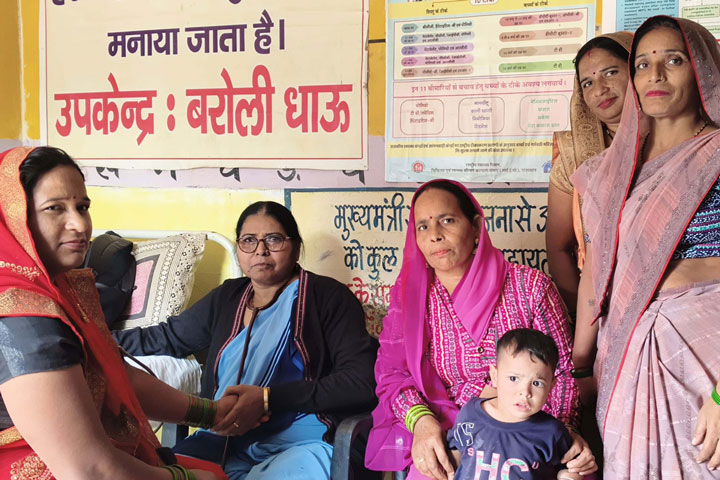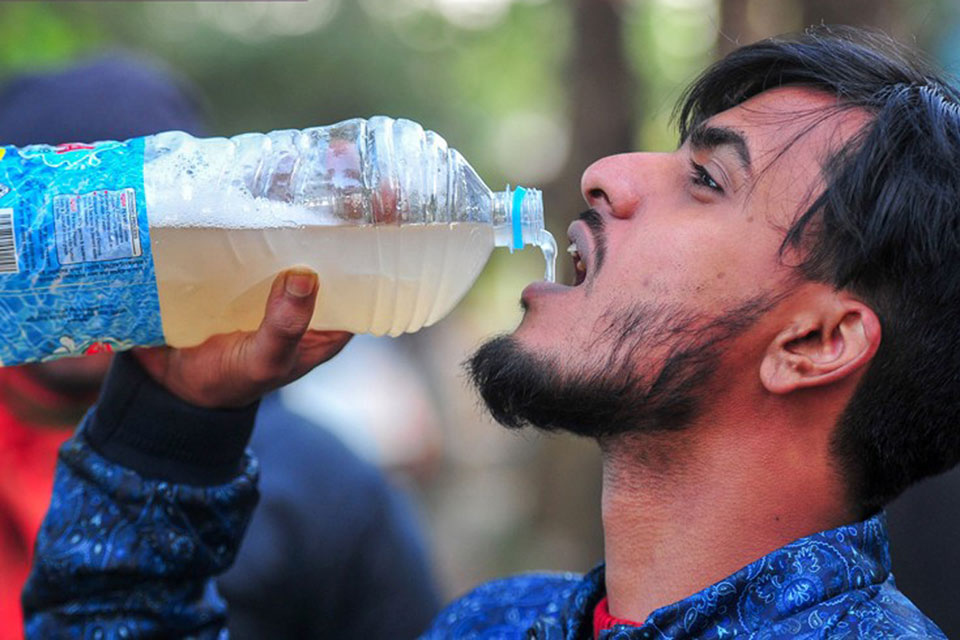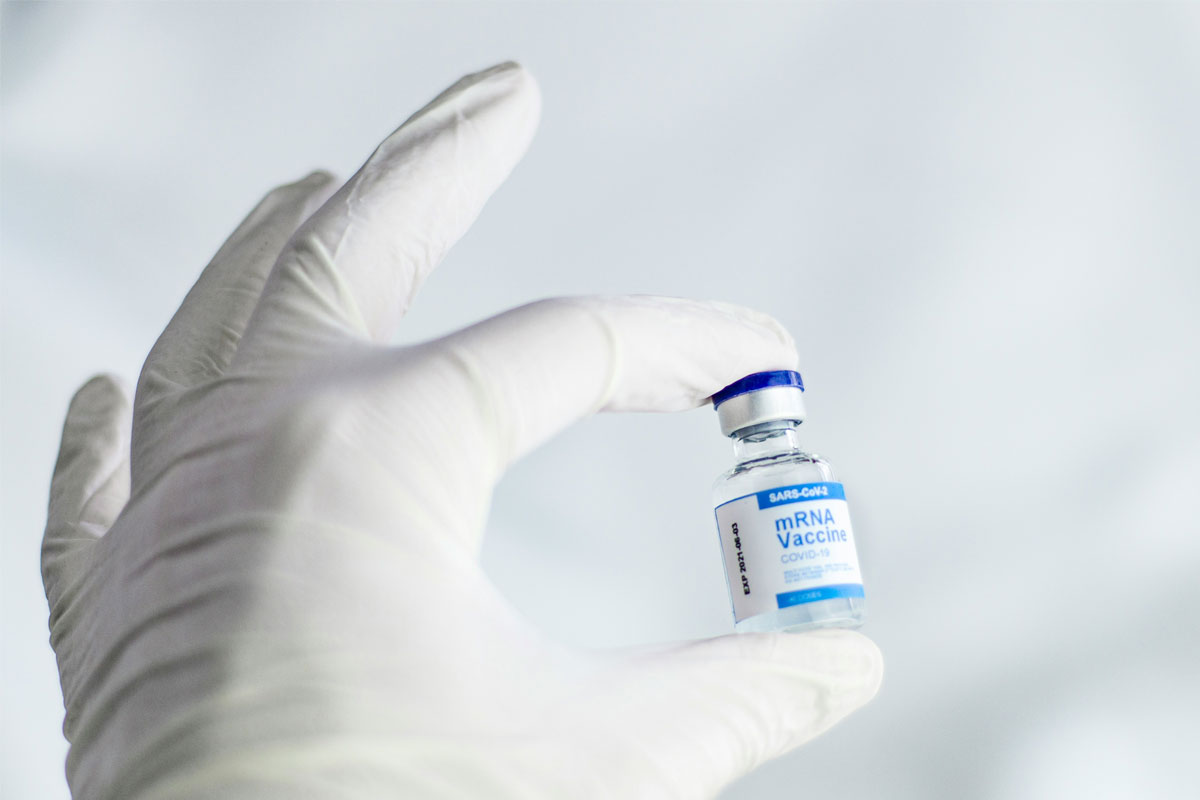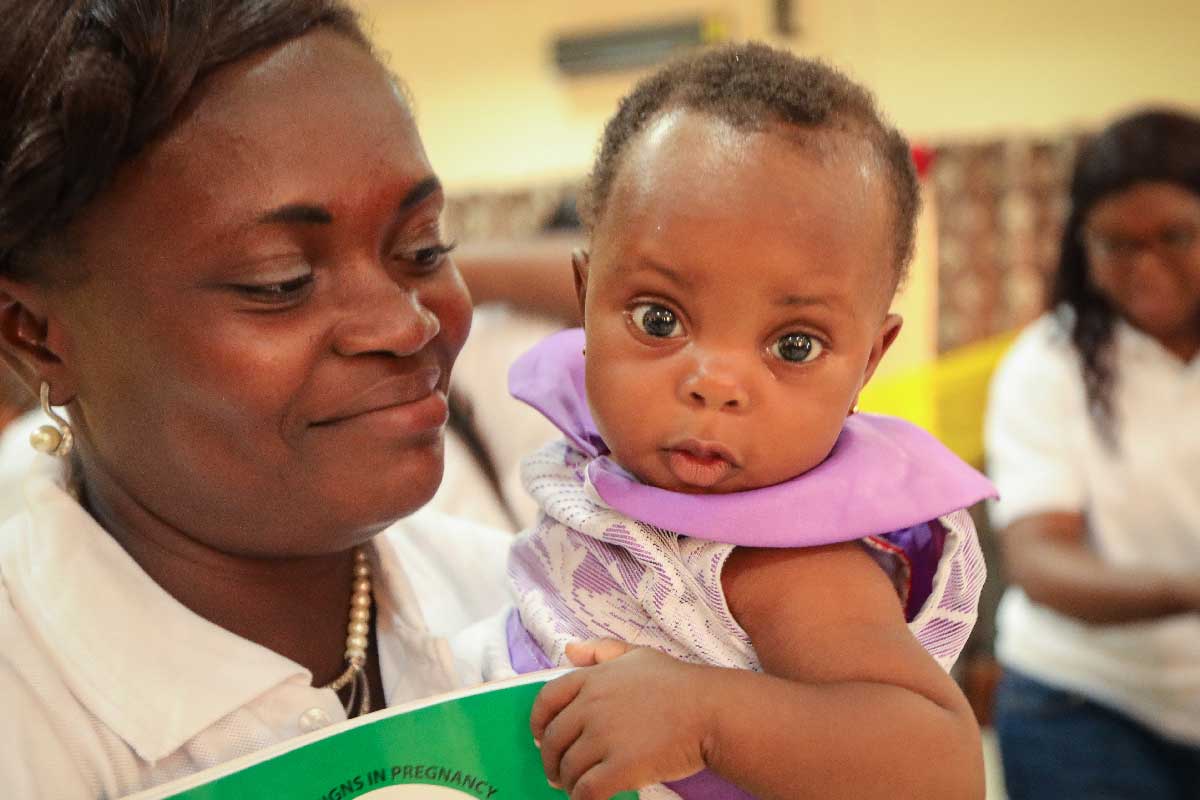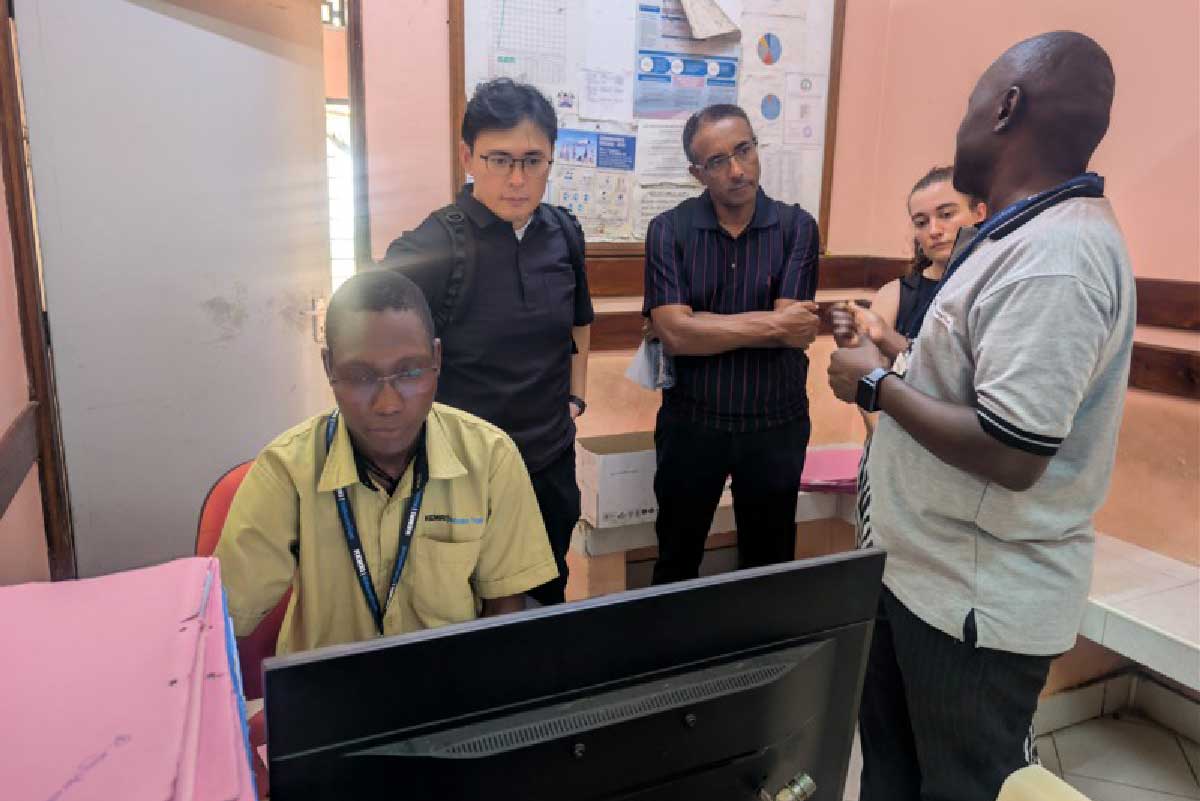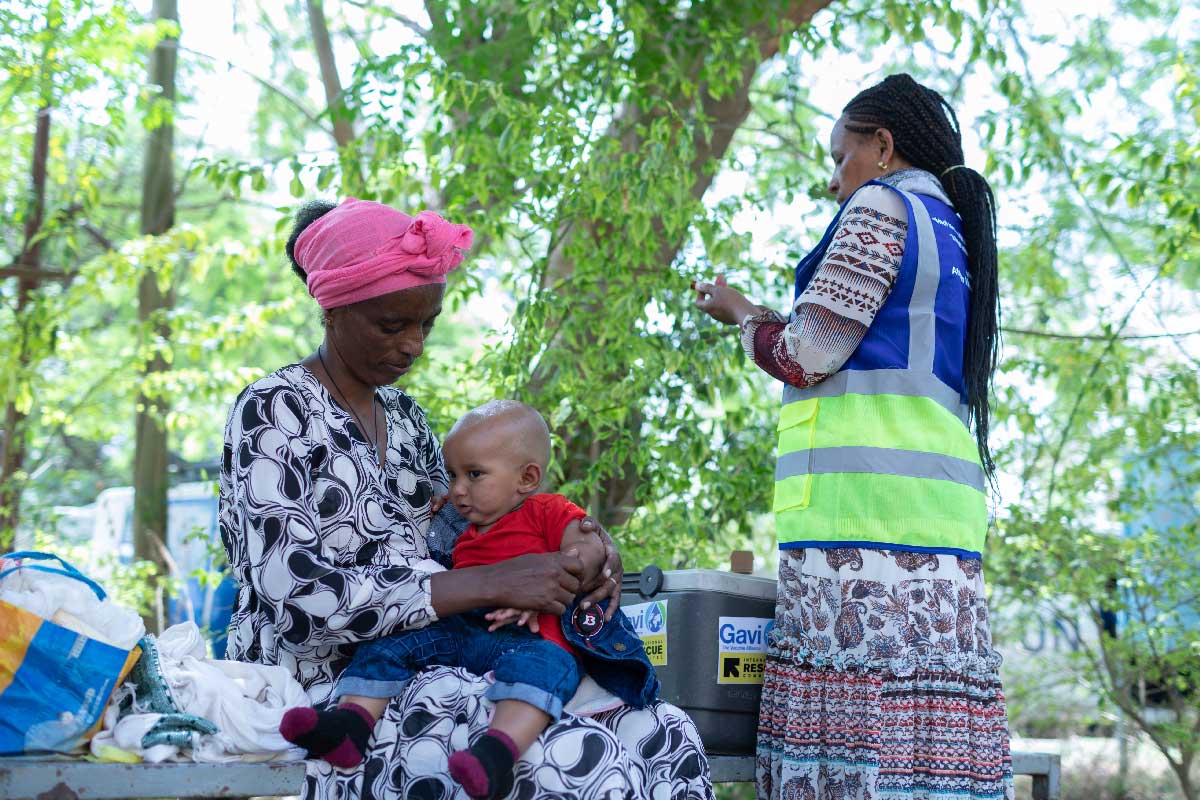Most people with highly drug-resistant infections are not accessing appropriate treatment
Some 93% of people in lower income countries are struggling to access the appropriate drugs to treat antibiotic-resistant infections, research suggests.
- 8 May 2025
- 3 min read
- by Linda Geddes
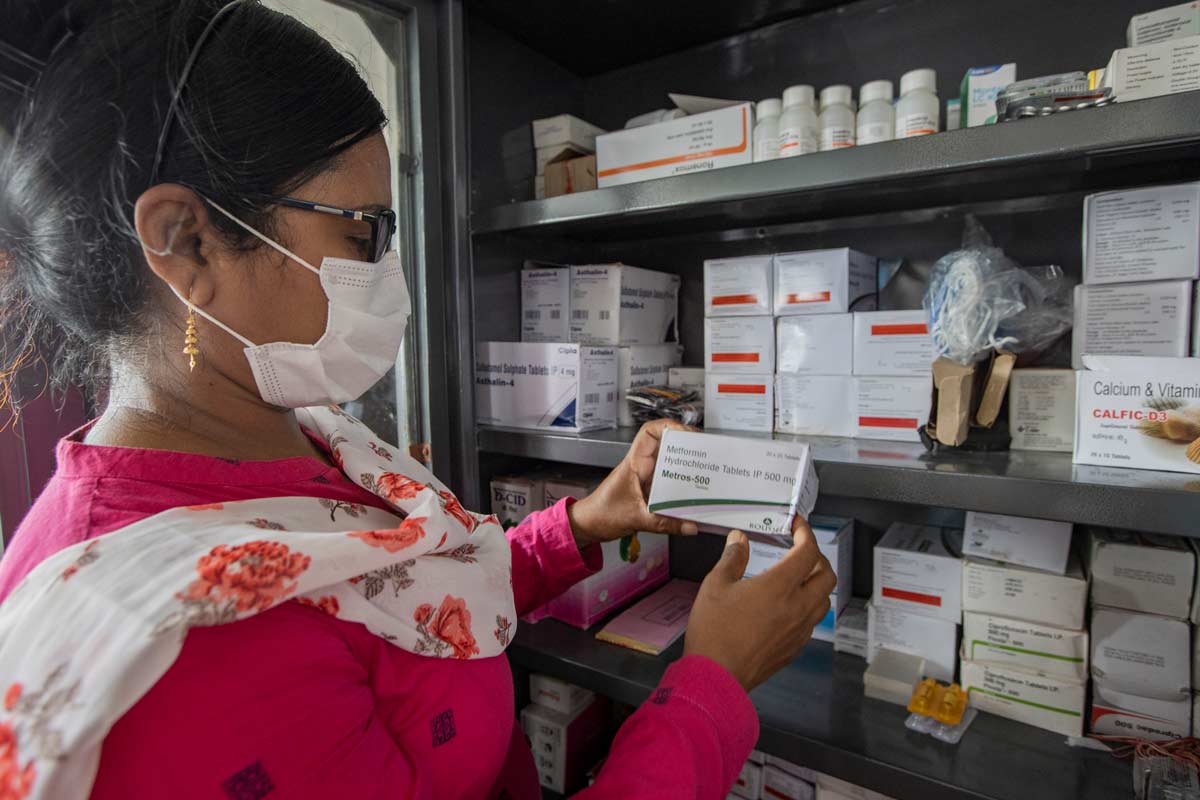
Just one in 14 people with drug-resistant bacterial infections received an appropriate antibiotic to treat it, data from eight low- and middle-income countries suggests.
The study, published in The Lancet Infectious Diseases, highlights an urgent need to develop new antibiotics, as well as expanding access to existing treatments..
Antimicrobial resistance (AMR) is already estimated to kill almost 1.1 million people each year – more than the combined deaths from HIV/AIDS and malaria. Around 90% of these deaths occur in low- and middle-income countries, and with drug resistance rates continuing to rise, almost 40 million cumulative deaths are predicted to occur between 2025 and 2050.
Drug-resistant infections
Despite the urgency of this crisis, there has been relatively little research on how effectively these resistant infections are being treated, particularly in the worst affected countries, or the factors that might influence this.
To investigate, Dr Anant Mishra at the Perelman School of Medicine in Philadelphia, US, and colleagues focused on Gram-negative bacterial infections with resistance to carbapenam antibiotics, as these are often a last line of defence for patients with drug-resistant infections and only a few other options are available to treat them.
They used data from the Global Burden of Bacterial Antimicrobial Resistance 1990-2021 study and case fatality rates to calculate the total number of carbapenam-resistant Gram-negative infections across Bangladesh, Brazil, Egypt, India, Kenya, Mexico, Pakistan and South Africa in 2019. They then used sales data for six antibiotics that are effective against this type of infection to estimate how many patients received appropriate treatment.
Access gap
The research found that the appropriate antibiotics were available in 6.9% of cases overall – although this ranged from as few as 0.2% in Kenya to 14.9% in Egypt and Mexico. This meant that almost 1·4 million infections caused by carbapenam-resistant Gram-negative bacteria were undertreated in these countries during 2019.
Although most of the infections and treated patients were in south Asia, all eight study countries had substantial gaps in appropriate treatment coverage, the researchers said. They believe there are many gaps that hinder access – from a lack of access to health facilities and the absence of diagnostics, to a lack of access to appropriate treatment.
Not only could such gaps in access to appropriate antibiotics contribute to deaths and ill-health in the short term, but it could increase healthcare costs due to prolonged hospital stays or other complications.
Since the under- or inappropriate treatment of bacterial infections can fuel the development of antimicrobial resistance, this access gap could also make it harder to treat such infections in the long run.
Have you read?
Essential drugs
“For years, the dominant narrative has been that antibiotics are being overused, but the stark reality is that many people with highly drug-resistant infections in low- and middle-income countries are not getting access to the antibiotics they need,” said senior study author Dr Jennifer Cohn, Global Access Director at the Global Antibiotic Research and Development Partnership (GARDP) in Geneva, Switzerland.
Although health ministries across the eight countries are developing strategic interventions to improve the care of patients with resistant infections, “we need more of them, and they need more resources,” Cohn said.
Vaccines could also play a role in countering such infections. According to a recent modelling study, half a million lives could be saved each year through the roll-out of vaccines to prevent 15 critical illnesses, as well as through the development of new vaccines to fight priority pathogens.
More from Linda Geddes
Recommended for you
